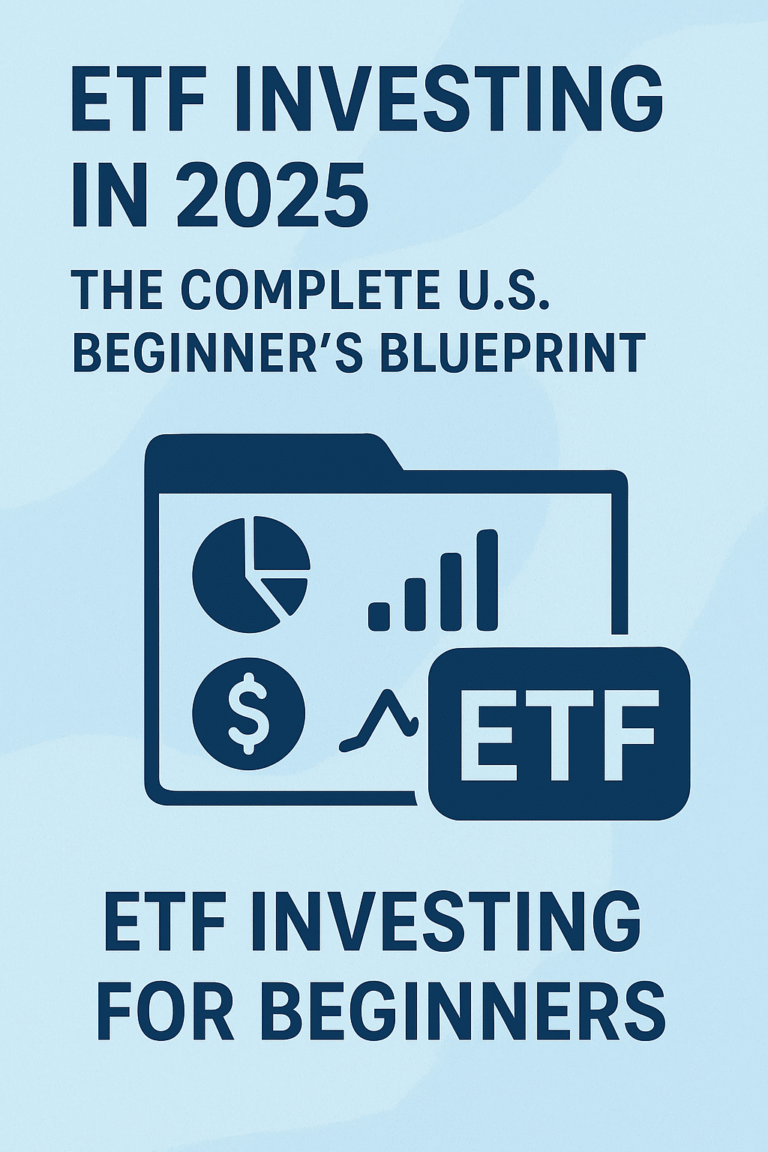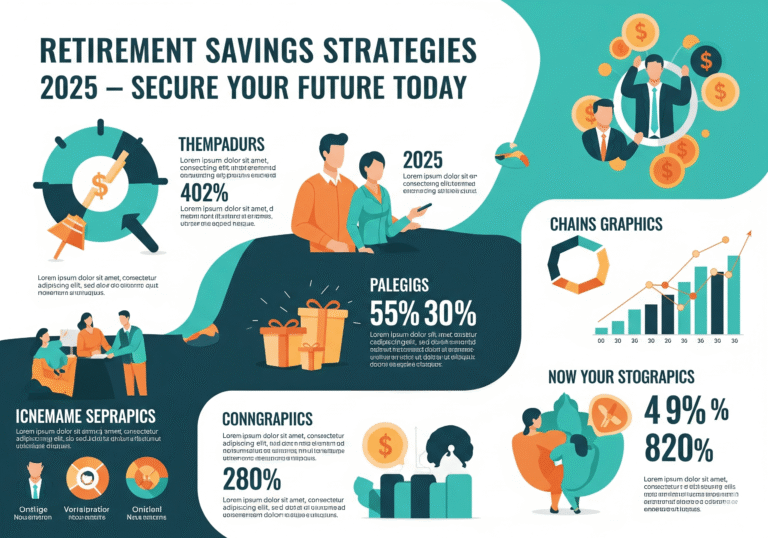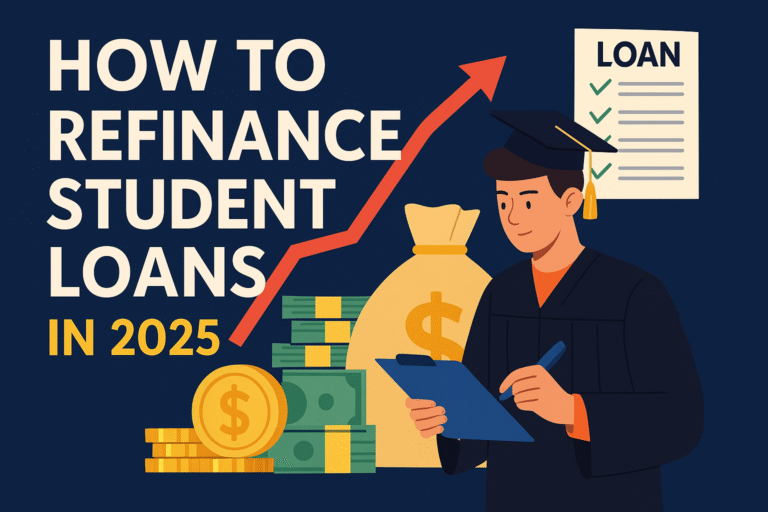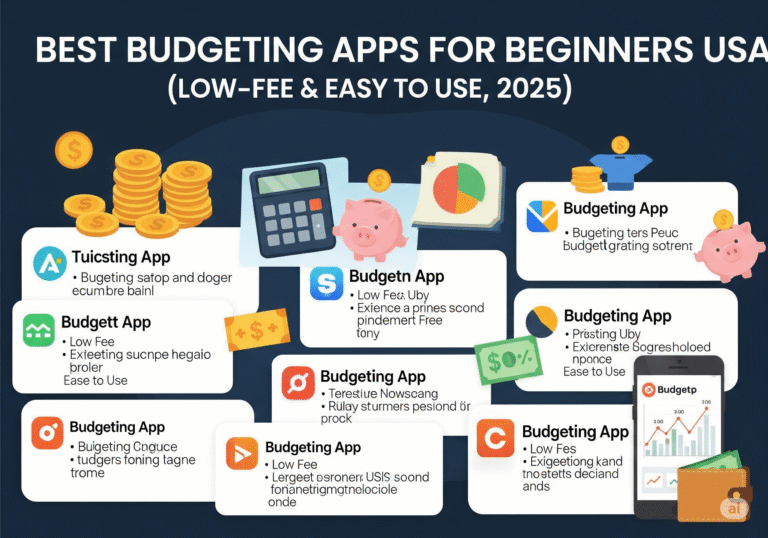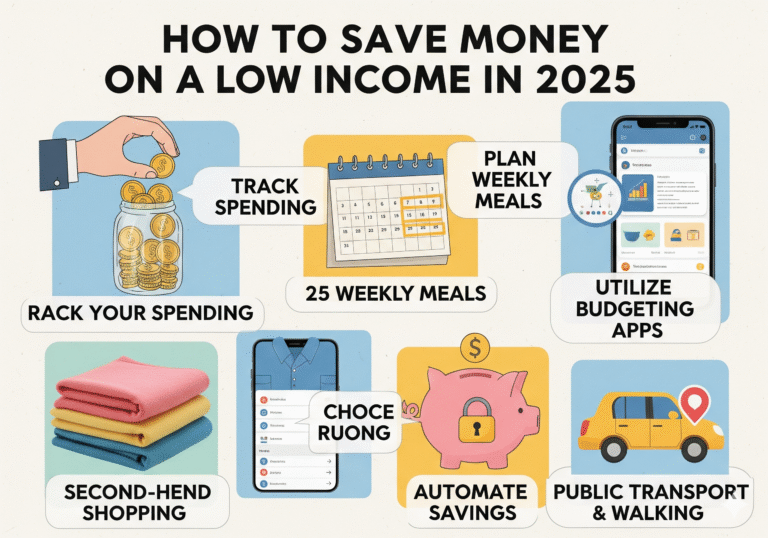How to Retire Early with Smart Investing: A Practical 2025 Guide
How to Retire Early with Smart Investing
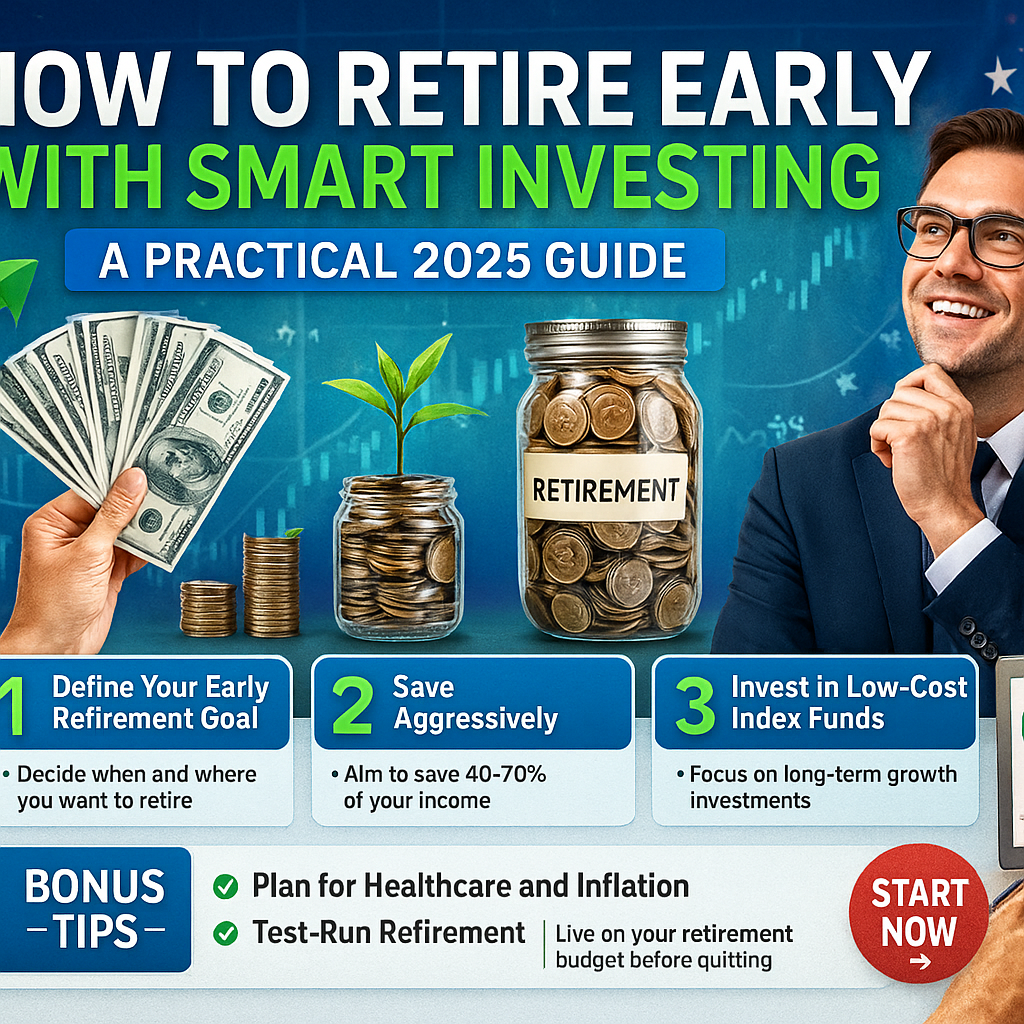
INTRODUCTION OF How to Retire Early with Smart Investing
Thanks to the FIRE movement (Financial Independence, Retire Early), thousands of Americans are actively working toward the goal of retiring early. The concept is straightforward: save a lot of money, make smart investments, and generate enough passive income to allow you to retire from the labor years or even decades early.
However, an early retirement necessitates a careful financial plan. In this tutorial, we’ll explain how prudent investment can help you accumulate wealth and achieve financial freedom sooner.
Why Early Retirement is Possible Today AND How to Retire Early with Smart Investing
There are more resources available than ever in 2025 to assist people in reaching early retirement:
- ETFs and inexpensive index funds make investing accessible.
- Apps and robo-advisors automate novices’ smart investing.
- Wealth increases more quickly in tax-advantaged accounts, such as 401(k)s and Roth IRAs.
- Savings are accelerated by side projects and online revenue sources.
You may shorten your working years and experience independence sooner by combining these skills with a sound plan.
Step 1: Define Your Early Retirement Goal
Knowing your target is the first step. Consider this:
- When would you like to retire? (40, 50, or 55?)
- How much money will you require each year?
- Which area—low or high cost—do you intend to live in?
💡 The 25x Rule is a popular guideline that suggests saving 25 times your anticipated yearly spending. For instance, you will need to invest roughly $1.25 million if you intend to live on $50,000 annually.
Step 2: Save Aggressively
40–70% of their salary is saved by the majority of early retirees. Although not everyone can do this, you can begin by:
- reducing wasteful spending.
- avoiding the inflation of lifestyles.
- transferring funds to investment accounts automatically.
When combined with substantial savings and regular investing, even a little salary can contribute to wealth accumulation.
Step 3: Invest in Low-Cost Index Funds
Keeping expenses minimal is the cornerstone of wise investing. ETFs and index funds follow the market and have a 7–10% yearly return on average.
- For long-term gain, S&P 500 ETFs (such as VOO and SPY) are excellent.
- Broad diversification is offered by total stock market funds.
- Global exposure is added via international ETFs.
Consistency is crucial. Regardless of the state of the market, automate contributions every month.
Step 4: Use Tax-Advantaged Accounts
Building wealth is accelerated by maximizing tax efficiency. In the US, pay attention to:
- 401(k): Tax-deferred, employer-sponsored. Contributions are often matched by employers.
- Contributions to a Roth IRA are made after taxes, and withdrawals are tax-free upon retirement.
- The Health Savings Account (HSA) offers three tax benefits: tax-free contributions, growth, and withdrawals for medical costs.
Step 5: Diversify Income Streams
The road to early retirement is slowed down by relying solely on employment. Instead, create several sources of income:
- side projects (consulting, digital services, freelance).
- real estate (REITs, rental properties).
- stocks that pay dividends (reliable passive income).
- online companies (e-commerce, YouTube, blogs).
Every extra source helps you save more quickly and lessens your reliance on a single salary.
Step 6: Control Debt and Expenses
Protecting money is just as important to smart investing as growing it.
- Pay off high-interest debt, such as payday loans and credit cards.
- Steer clear of needless lifestyle debt or auto loans.
- Adhere to a spending plan that supports your retirement objective.
You can invest more if you have less debt.
Step 7: Plan for Healthcare and Inflation
Inflation and healthcare expenses are two of the largest threats to early retirement.
Think about long-term care insurance and HSA contributions.
Invest in assets that can withstand inflation, such as TIPS (Treasury Inflation-Protected Securities), equities, or REITs.
Even while early retirees might not be dependent on Social Security, it can still be a benefit.
Step 8: Test-Run Your Retirement
Test your plan before quitting your job:
With your estimated retirement budget, live for six to twelve months.
Check to see if your expenses are covered by your investments.
If necessary, make adjustments; it’s better to address problems now than after you depart your job.
Common Mistakes to Avoid AND How to Retire Early with Smart Investing
- Savings accounts alone won’t be able to keep up with inflation.
- Ignoring taxes: Withdrawals from 401(k)s might be subject to taxes.
- Giving up too soon could cause your plan to fail because you won’t have enough buffer time.
- Ignoring lifestyle expenses, such as vacation, hobbies, or medical care, might reduce your nest egg.
Final Thoughts OF How to Retire Early with Smart Investing
Investing well to retire early requires forethought, consistency, and discipline rather than luck. You can reach financial independence well in advance of the conventional retirement age by diversifying your sources of income, investing in low-cost funds, and saving diligently.
Start now, pro tip. Over time, even modest investments grow in value. You’ll have more freedom later if you start early.
how-to-save-money-on-a-low-income-in-2025

